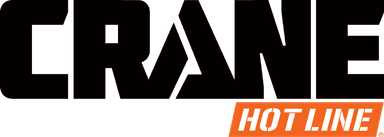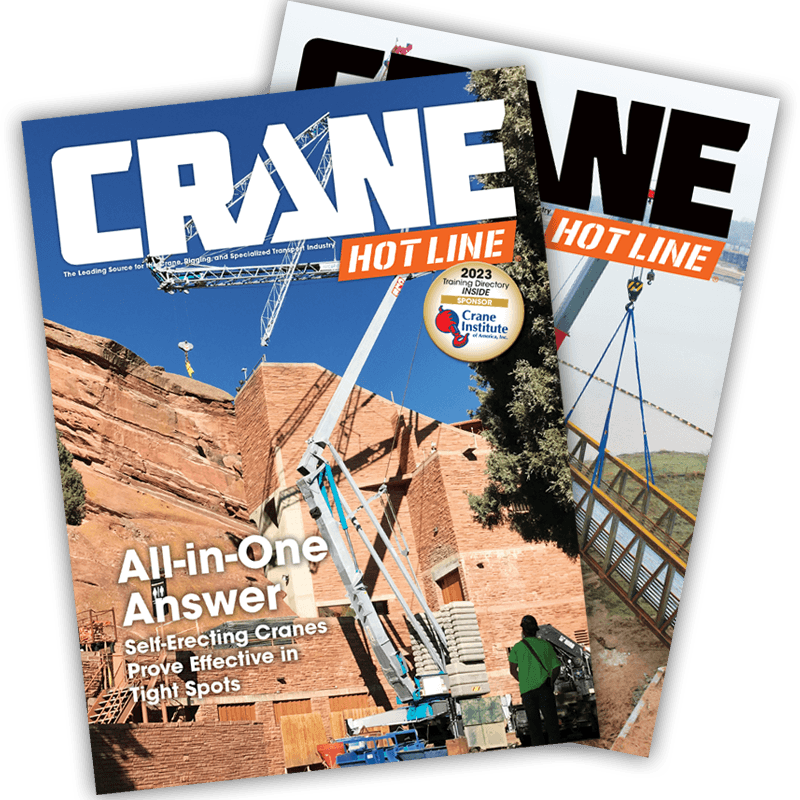Niche Play
Enlarge Image
August 9, 2006 • If you count all the different makes, types, models, and sizes of aerial work platforms on the market today, the total would undoubtedly reach into the hundreds • if not a thousand. Out of this broad range of products, there are really only a few that can be classified as true niche machines. One of those is certainly the ReachMaster FS 138, a member of the company's Falcon Lifts line.

Image 1. Recently completed
Produced in
ReachMaster has several products that make up this highly specialized line of lifts, featuring 11 models that start with a 75-foot unit and go all the way up to an amazing 180-foot model • anything but compact. From the
Falcons are about as specialized a lift as you will find anywhere. Not only do ReachMasters exist in limited numbers, but this particular unit is also a specialty product within its own ranks. The subject of this review is a unit just delivered to the city of
Enlarge Image
The unit selected to maintain this facility and several other of

Image 2. ReachMaster FS 138 sits in the rotunda of the
Passing through a door no bigger than the one that leads to your office is pretty tricky. Besides the obvious slender chassis design, there are two distinct features that make this possible. First is the retractable axle system. In Image 3, you can see that on one end the unit rides on a tandem axle with dually wheels. These axles are designed to float but are not independent (Image 4).

Enlarge Image
Image 3 & Image 4. Retractable axles and removable wheel/tire assemblies are part of a system that compresses overall width to under 32 inches.
Enlarge Image

Part one of the slandering down process uses hydraulically extended tubes that extend and retract the axles about 12 inches on both sides.
The second step is to remove the outer set of wheels from the boogie axles. This is accomplished with the use of a single screw on locking wheel lug that is removed with the use of an onboard wrench. These are the only axles that you have to fool with as the front-drive-steer axle, shown in Image 5, is fixed and falls within the narrow specifications.
Enlarge Image
A standard FS 138 weighs in at 19,360 pounds. This varies with options and power selections. For a machine with these reach capabilities to be this light, relatively speaking, outriggers are of course mandatory. Refer to Image 6, and you can see that four substantial hydraulically extended outriggers provide a wide and stable base measuring about 24 feet across. In

Image 5. The powered steering wheels do not require compressing.
Enlarge Image
Once you are inside or have reached the area from where you intend to work, of course you must first set the outriggers. The standard system allows you to do this only from the lower control station. I will discuss this and a slick automatic system in the next issue. Once your outriggers are in position, not only can you attain a maximum working height of 138 feet but you can also attain 47 feet of horizontal reach • from the centerline of rotation at around 117 feet of vertical height. While the vast majority of the working envelope allows for 440 pounds of unrestricted operation you can squeeze out a few extra horizontal feet of reach with 220 pounds in the platform.

Image 6. “Spider”-like outrigger legs provide safe and stable operation.
In my next installment, I will discuss the construction of this unit as well as how it operates in more depth.


